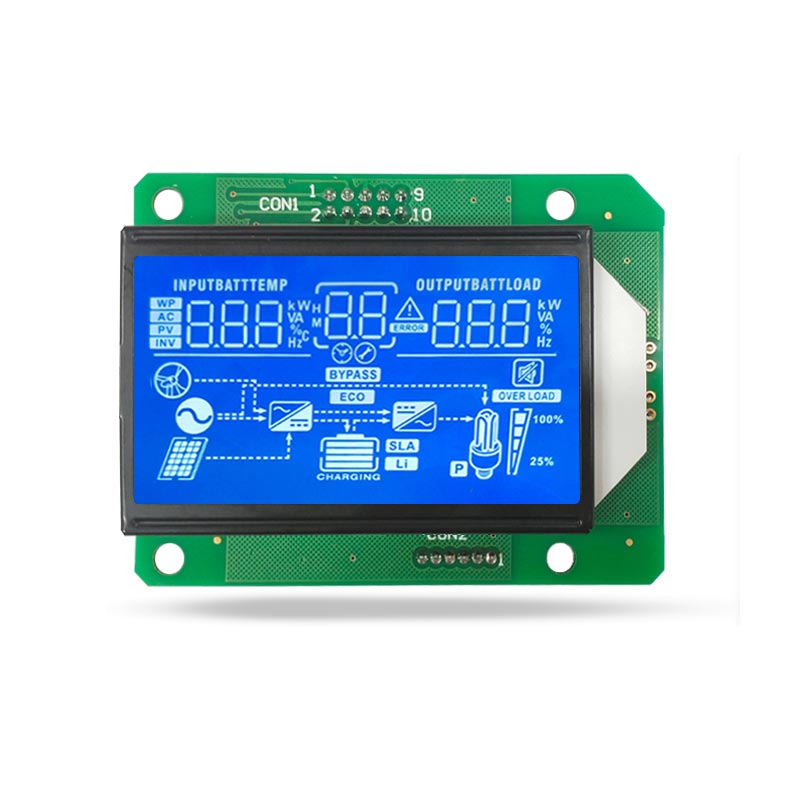Segment LCD: Price and Performance Trade-Off
2025-07-07
Segment LCD (Liquid Crystal Display) technology has long been a favored choice for applications requiring simple, low-cost visual displays. It is especially common in devices such as calculators, digital clocks, home appliances, automotive dashboards, and industrial meters. Like all display technologies, Segment LCDs involve a trade-off between price and performance, and understanding this balance is key to choosing the right solution for a given application.
Cost Advantages
One of the most attractive aspects of Segment LCDs is their low production cost. They are simple in construction compared to more advanced display technologies like TFT (Thin-Film Transistor) LCDs or OLEDs. Because segment displays use predefined patterns (segments) to form numbers, letters, or icons, they require fewer driving circuits and less complex control logic. This simplicity translates to lower material and manufacturing costs.
Additionally, Segment LCDs consume very little power, which helps reduce the overall system cost in battery-operated devices. Their low power requirements also mean smaller, cheaper batteries can be used, extending device life and reducing the need for frequent maintenance or recharging.
Performance Considerations
While Segment LCDs are cost-effective, they do come with performance limitations. They are not capable of displaying dynamic graphics, video, or large amounts of changing data. The fixed segment layout restricts the flexibility and information that can be displayed, making them unsuitable for modern smart interfaces or applications requiring high-resolution or full-color images.

In terms of visibility, Segment LCDs perform well in high ambient light conditions, especially when used with reflective or transflective backgrounds. However, in low-light environments, backlighting is necessary, which can increase complexity and cost slightly. Their viewing angles and contrast are also generally inferior to advanced display types.
Application-Based Trade-Off
The trade-off between price and performance in Segment LCDs must be evaluated based on the intended application. For instance, in cost-sensitive and low-information applications—like microwave ovens, thermostats, or fitness trackers—Segment LCDs provide an ideal solution. They deliver reliable performance at a fraction of the cost of graphical displays.
On the other hand, for user interfaces that demand frequent updates, interactivity, or rich visuals, such as smartphones or modern control panels, Segment LCDs fall short. In these cases, investing in TFT or OLED displays provides greater value despite the higher cost.
Conclusion
Segment LCDs offer a compelling trade-off between cost and performance for applications where simplicity, durability, and energy efficiency are paramount. Their low price makes them attractive for mass production, while their limitations in flexibility and display quality define their niche. Designers must weigh these factors carefully to ensure that the chosen display technology aligns with both budget constraints and performance expectations.
As a professional manufacturer and supplier, we provide high-quality products. If you are interested in our products or have any questions, please feel free to contact us.


